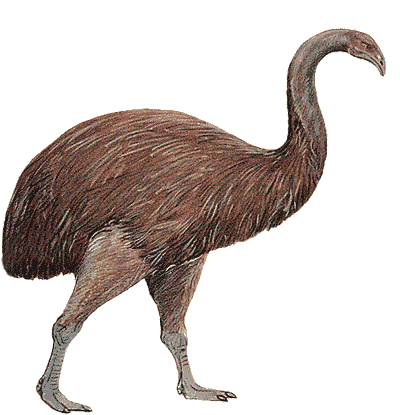Body shape, diet, range of motion of limbs and backbone, how active it was, if it was warm-blooded or not, size, mass, walking speed, whether an aquatic animal was a freshwater or marine species... list is pretty extensive. People excavating Pompeii can tell the profession of many of the people they have found by various traces of activity on skeletons. Faces are accurately constructed by looking at muscle insertions, scars where cartilage formed, and so on. It's quite a science.
Would you like to know how we can determine what a fast walk was for these animals? It's pretty interesting, actually borrowing concepts used in ship design.
But of course some of you don't agree with the way He does it. The numerous transitional forms between little browsing Hyracotherium and large, grazing Equus, many with less differences than we see in many mammalian species, makes it clear that horses evolved from a small multitoed herbivore, that lived in forests and browsed on bushes.






